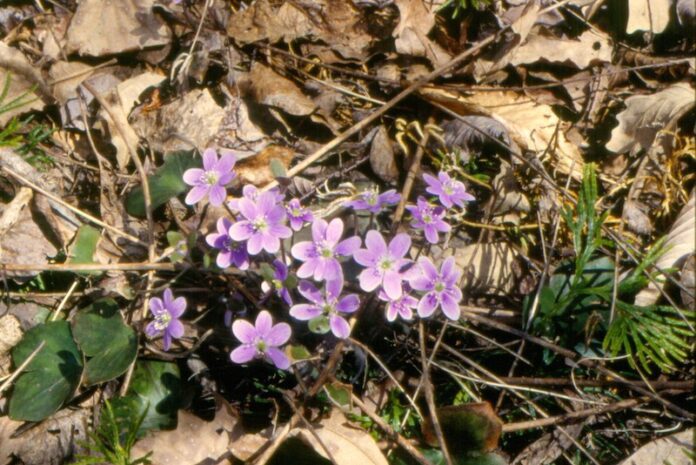by Philip Fry
Not long after my last contribution to this column, I received an email message questioning my purposes. I was asked: “What is it you are trying to achieve, if you know yourself? Your inputs ramble on, ever seeking a landing place. At times you wax on about the lack of governance, little respect for plant species, green energy, wetland values, etc. You conclude with the…’need to get going on this’. Get going on what, specifically? Much needs to be done? On what, specifically?”
For a moment I was taken aback, then realized that the author was, in a sense, right, for I have avoided proposing any coherent plan of action that others should follow. What I have attempted is to contribute to an open discussion about what we can do to respond to the impact of climate change and the loss of biodiversity, here, in our region.
Consequently, I have been pointing at various aspects of our habitat, using the metaphor of a landscape quilt and the workings of its elements. People have indeed responded to me about their concerns, and I have tried to echo them in the column. That doesn’t make for a systematic overview, but it does signal strategic points for debate.
With this openness in mind, I am now going to begin focusing my remarks on an approach to habitat enhancement based on my personal experience in wildflower gardening and landscape restoration. The idea is to assess the capability of our habitat for resilience and adaptation, then take agreed upon steps to work with that capacity using native plants – trees, shrubs, and non-woody flowering plants – as mediums of positive change.
An important project could be, for example, to identify and protect relict woodlands and wetlands, where that has not already been done. Such sites are dispersed throughout the region, and are still home to species that once flourished here. Of intrinsic value in themselves, these locations are also an index of what might be achieved in ecologically degraded sites.
There are other sites, both public and private – roadsides, ditches, hydro easements, abandoned fields, fence lines, windbreaks – that are ecologically damaged and in need of restoration. They could eventually be connected to create safe wildlife corridors. But before that, all the stakeholders in the sites will need to understand the value of remediation and negotiate the terms of its execution.
The scale of potential restoration projects, whether they involve private or public lands, requires the development of significant inputs of materials and labour: reliable seed of indigenous plants (sourced by collection or from seed banks); finding people and acquiring equipment for the germination and potting of the plants; delivering and planting appropriate species in the target sites; and post-planting monitoring of the plants’ introduction to the site.
Take, for example, Hepatica acutiloba, a delightful, spring-blooming woodland plant. Its flowers can be pure white, rose, sky blue, or mauve. Its seeds must be collected at exactly the right moment; they are hydrophilic, that is, they must not dry out, and therefore need to be planted immediately, or kept in refrigerated, damp conditions. They also need to pass through warm and cold periods to germinate, which sometimes takes two years. When growing seedlings, one is never sure of what colours they will be. When they finally bloom after three to five years of care, that is exciting. But not cost effective.
The public institutions and organizations dedicated to environmental concerns – The Ferguson Forestry Centre, the Conservation Authorities, for example – have been helpful with restoration projects in the past. But the work I am suggesting is too extensive and time consuming to be done directly by their staff. This means we need to muster up a lot of volunteer help, which calls for strong personal motivation on the part all concerned, the recognition of each volunteer’s abilities, and a willingness to learn appropriate methods of plant care. In my next column, I will write about the Ferguson Forestry Centre and how it could, perhaps, frame and enable such volunteer activity.
Please contact me with your ideas at wildflowerguy@gmail.com.




